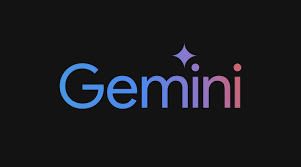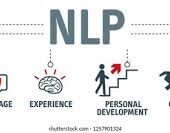Google’s Gemini 1.5 Flash-8B
Google’s Gemini 1.5 Flash-8B: A Game-Changer in Speed and Affordability Google’s latest AI model, Gemini 1.5 Flash-8B, has taken the spotlight as the company’s fastest and most cost-effective offering to date. Building on the foundation of the original Flash model, 8B introduces key upgrades in pricing, speed, and rate limits, signaling Google’s intent to dominate the affordable AI model market. What Sets Gemini 1.5 Flash-8B Apart? Google has implemented several enhancements to this lightweight model, informed by “developer feedback and testing the limits of what’s possible,” as highlighted in their announcement. These updates focus on three major areas: 1. Unprecedented Price Reduction The cost of using Flash-8B has been slashed in half compared to its predecessor, making it the most budget-friendly model in its class. This dramatic price drop solidifies Flash-8B as a leading choice for developers seeking an affordable yet reliable AI solution. 2. Enhanced Speed The Flash-8B model is 40% faster than its closest competitor, GPT-4o, according to data from Artificial Analysis. This improvement underscores Google’s focus on speed as a critical feature for developers. Whether working in AI Studio or using the Gemini API, users will notice shorter response times and smoother interactions. 3. Increased Rate Limits Flash-8B doubles the rate limits of its predecessor, allowing for 4,000 requests per minute. This improvement ensures developers and users can handle higher volumes of smaller, faster tasks without bottlenecks, enhancing efficiency in real-time applications. Accessing Flash-8B You can start using Flash-8B today through Google AI Studio or via the Gemini API. AI Studio provides a free testing environment, making it a great starting point before transitioning to API integration for larger-scale projects. Comparing Flash-8B to Other Gemini Models Flash-8B positions itself as a faster, cheaper alternative to high-performance models like Gemini 1.5 Pro. While it doesn’t outperform the Pro model across all benchmarks, it excels in cost efficiency and speed, making it ideal for tasks requiring rapid processing at scale. In benchmark evaluations, Flash-8B surpasses the base Flash model in four key areas, with only marginal decreases in other metrics. For developers prioritizing speed and affordability, Flash-8B offers a compelling balance between performance and cost. Why Flash-8B Matters Gemini 1.5 Flash-8B highlights Google’s commitment to providing accessible AI solutions for developers without compromising on quality. With its reduced costs, faster response times, and higher request limits, Flash-8B is poised to redefine expectations for lightweight AI models, catering to a broad spectrum of applications while maintaining an edge in affordability. Like Related Posts Salesforce OEM AppExchange Expanding its reach beyond CRM, Salesforce.com has launched a new service called AppExchange OEM Edition, aimed at non-CRM service providers. Read more The Salesforce Story In Marc Benioff’s own words How did salesforce.com grow from a start up in a rented apartment into the world’s Read more Salesforce Jigsaw Salesforce.com, a prominent figure in cloud computing, has finalized a deal to acquire Jigsaw, a wiki-style business contact database, for Read more Service Cloud with AI-Driven Intelligence Salesforce Enhances Service Cloud with AI-Driven Intelligence Engine Data science and analytics are rapidly becoming standard features in enterprise applications, Read more








